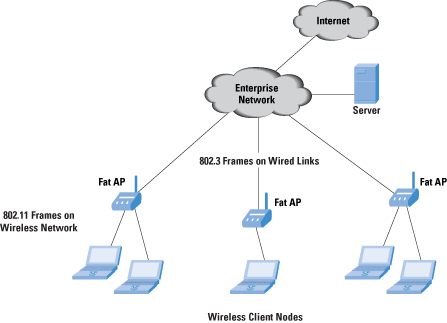

Typically, the SIP protocol is used for internet telephony and multimedia distribution between two or more endpoints. The following illustration depicts where SIP fits in in the general scheme of things − The SIP protocol is designed to be independent of the underlying transport protocol, so SIP applications can run on TCP, UDP, or other lower-layer networking protocols.

It is a simple network signalling protocol for creating and terminating sessions with one or more participants. Other SIP applications include file transfer, instant messaging, video conferencing, online games, and steaming multimedia distribution.īasically SIP is an application layer protocol. SIP can be used for two-party (unicast) or multiparty (multicast) sessions. SIP takes the help of SDP (Session Description Protocol) which describes a session and RTP (Real Time Transport Protocol) used for delivering voice and video over IP network. SIP embodies client-server architecture and the use of URL and URI from HTTP and a text encoding scheme and a header style from SMTP. SIP is an application layer protocol defined by IETF (Internet Engineering Task Force) standard. An endpoint can be a smartphone, a laptop, or any device that can receive and send multimedia content over the Internet. A session is nothing but a simple call between two endpoints. SIP is a signalling protocol used to create, modify, and terminate a multimedia session over the Internet Protocol. Given below are a few points to note about SIP − With this much fundamental, let us get back to SIP. The following figure depicts how a VoIP call takes place. It is one of the cheapest way to communicate anytime, anywhere with the Internet’s availability.įor a VOIP call, all that you need is a computer/laptop/mobile with internet connectivity. VOIP is a technology that allows you to deliver voice and multimedia (videos, pictures) content over the Internet. VoIP Technologyīefore moving further, let us first understand a few points about VoIP. It is an application layer protocol that works in conjunction with other application layer protocols to control multimedia communication sessions over the Internet. Session Initiation Protocol (SIP) is one of the most common protocols used in VoIP technology.


 0 kommentar(er)
0 kommentar(er)
